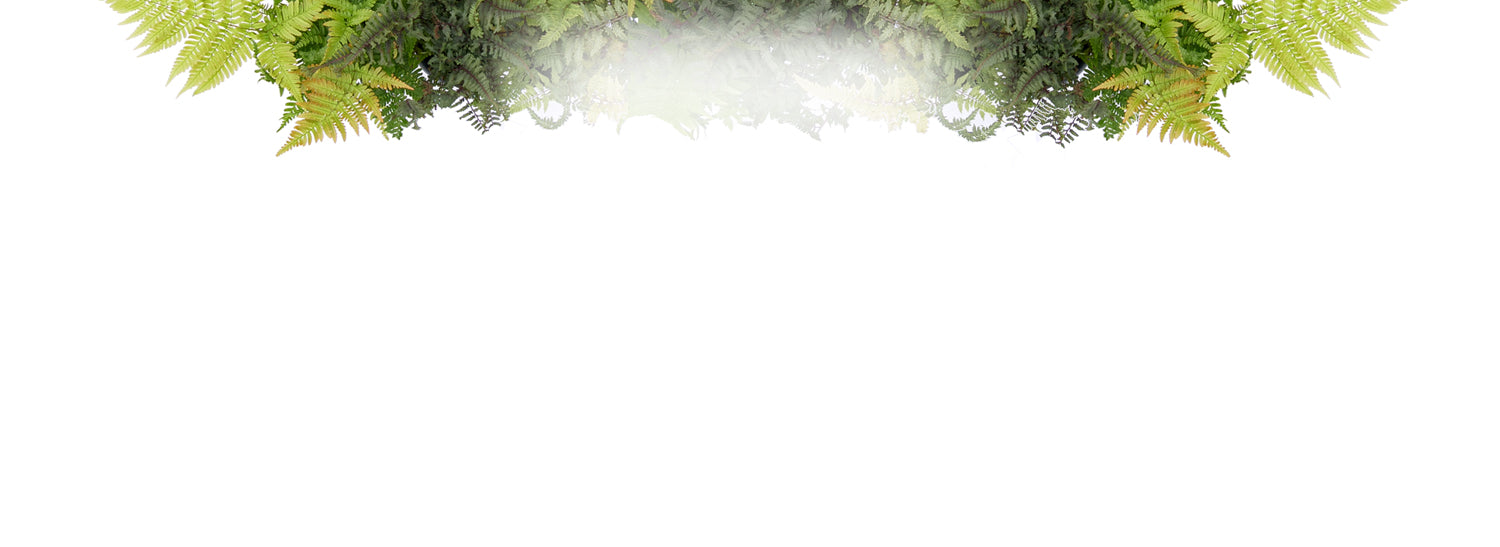Description
Plant spacing is based on the ultimate width of the plants. This figure is normally given as a range; for example, 3-5’. If you live in a cold climate and/or want plants to fill in more quickly, plan to space at the shorter end of the range. If you live in a warm climate, are on a limited budget, or are willing to wait longer for plants to touch, use the higher end of the range. Using the larger number is recommended when calculating distance from a building or structure. There’s really no such thing as "maximum spacing": if you don’t want your plants to touch, you can space them as far apart as you’d like. All plant spacing is calculated on center, or in other words, the centers of the plants are spaced one half of their eventual width apart:

Unless you are planting in a straight line, as you might for hedges or edging, space your plants in a staggered or zig-zag pattern for a more interesting and naturalistic look:

Hand-picked at our greenhouse
Shipped to your door
Arrives as young plant
The start of fall may signal the gardening season is coming to a close, but it’s not over yet! There is still plenty of time to enjoy colorful flowers and foliage or even sprinkle in some new perennials and shrubs before winter arrives.
Ditto review
The plants look great!
I loved ordering larger sized plants instead of tiny plants. My plants arrived in beautiful shape. I will be ordering from them again.
Ten Berry Heavy Holly were delivered to my house about two weeks ago. The weather was too cold so the instructions said to keep them in the house. I did not see any instructions for indoor care, so I opened the plastic bags to let air in [which is not easy without very sharp pointed scissors]. I watered them immediately and then on the same schedule as my other house plants. A few days ago, I noticed some of thje leaves were browning on their edges and others were wilting. This was true of plants with both damp and dryer soil.
I concluded that the plants needed to get out into the sun. Fortunately, the weather here near Chicago had warmed. After planting them, most seemed to perk up a little, but not all. The males did better than the females. The couple nights ago, the temperatture dropped to 34 degrees farenheit. All the plants lost most of their leaves. Online sources say hollies are vulnerable to stress, especially abrupt changes in temperature. The sources also said the plants will recover. We shall see.
The point of this is that these plants should not be purchased for use in the Chicago area before May, and only when you are prepared to promptly plant them.
Because of these misfortunes, I have no idea whether these Berry Heavy plants are good or not. If they recover sometime this year, I will praise them. Otherwise, I never will know.
Thank you for your feedback! It’s surprisingly normal for newly transplanted plants to appear like they aren’t growing. That’s because most of the growth occurs below ground in their first year as they allocate more energy to root development. Once your plant is established, it will start investing more in shoot and flower development. Our customer service team would love to hear from you, so please contact us with photos of the plants and your order number, and we'd be happy to assist you! https://bit.ly/contact-ggp To learn more about how plants “sleep, creep, and leap”, read our FAQ here: https://bit.ly/FAQ-plant-growth
Received two Mrs and one Mr. in PERFECT condition. Planted approx two weeks ago and they have settled in nicely. (Although Mr. said that he wanted to be closer to the one Mrs.)
We will notify you on events like Low stock, Restock, Price drop or general reminders so that you don’t miss the deal



